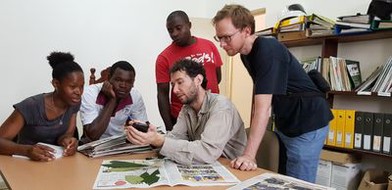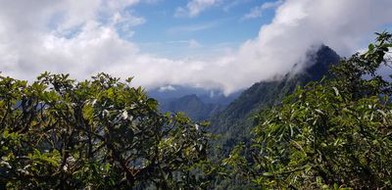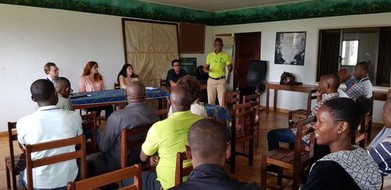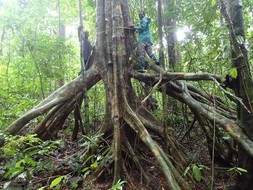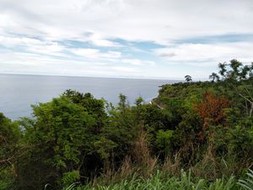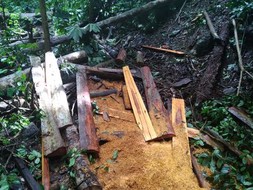São Tomé e Príncipe Threatened Flora
About the project
Background
• According to the most recent synthesis of knowledge on the flora of São Tomé & Príncipe (STP), around 930 plant species are recorded from these islands, among which a bit more than 800 are native and a hundred are strict endemics to the archipelago.
• Native plant populations and vegetation of STP have been strongly impacted since the discovery of the islands and is nowadays increasingly threatened by human pressures linked to the development of agro-industrial plantations and touristic activities.
• Implementing effective conservation activities for protecting the native flora and vegetation in STP is currently difficult because of (1) a lack of unified database documenting species distribution and (2) unknown and/or outdated evaluation of species extinction risk following categories and criteria of the International Union for Conservation of Nature (IUCN).
• The network of Key Biodiversity Areas of STP include 7 terrestrial areas and cover 512 km² (i.e. around 50% of STP) but its delimitation did not take into account plant biodiversity and vegetation distribution.
• Limited resources currently hamper the characterization and dynamics of plant diversity in STP. Two herbaria exist (one on each island) but remain underused because of lacking logistics, appropriated materials, and trained botanists/field technicians with skills in specimen collection.
Aims
• Identify threatened plant species using categories and criteria of IUCN.
• Characterize their distribution and their habitat and threats they are facing.
• Based on these data, reassess the network of Key Biodiversity Areas of STP.
• Train local botanists and technicians and equip the two herbarias (ST and P).
Outcomes
• A unified and open-source database of threatened plant species occurrences of STP.
• IUCN conservation status of all threatened plant species of STP.
• The training of a new generation of STP botanists and technicians.

